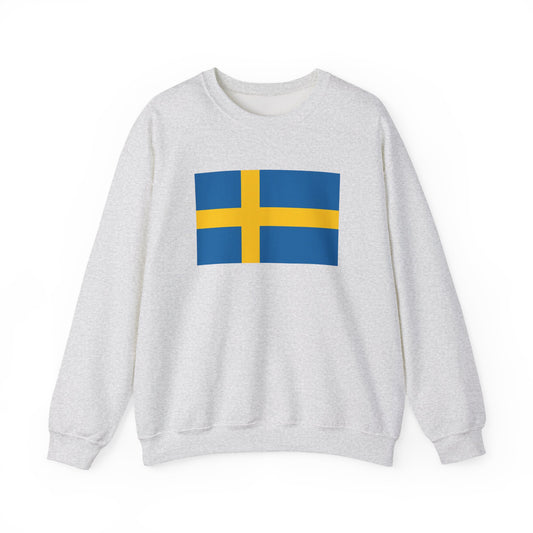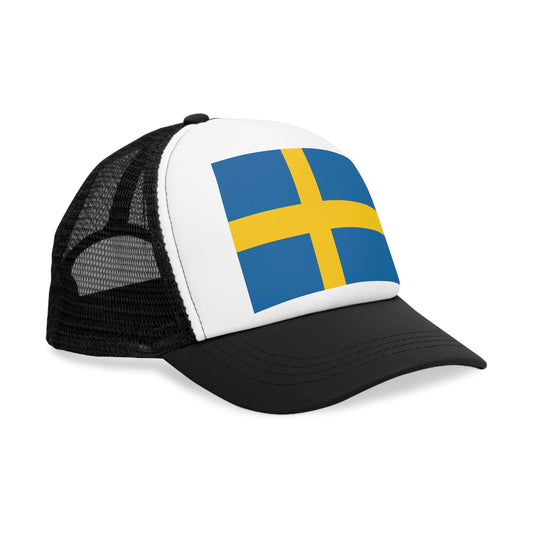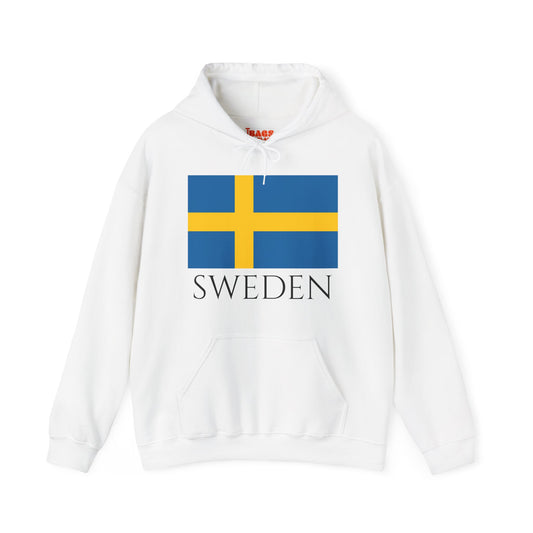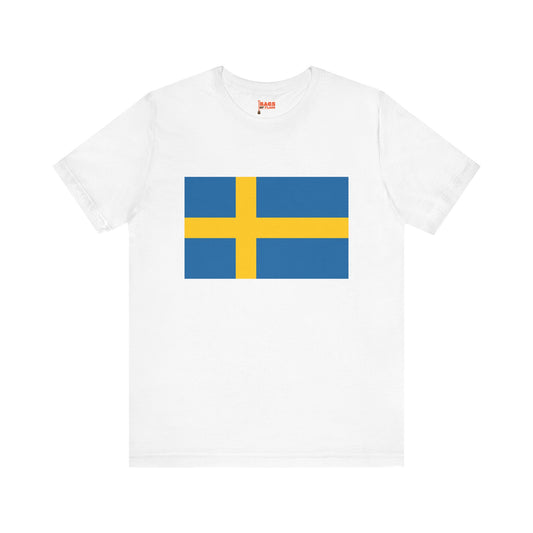-
Sweden Sweatshirt
Regular price $34.15 USDRegular priceUnit price / per -
Sweden Flag Sweatshirt
Regular price $34.15 USDRegular priceUnit price / per -
Sverige Sweatshirt
Regular price $34.15 USDRegular priceUnit price / per -
Sweden Pillow
Regular price $22.65 USDRegular priceUnit price / per -
Sweden Backpack
Regular price $59.79 USDRegular priceUnit price / per -
Sweden Leather Patch Hat
Regular price $18.85 USDRegular priceUnit price / per -
Sweden Mug
Regular price $11.65 USDRegular priceUnit price / per -
Sweden Trucker Cap
Regular price $14.90 USDRegular priceUnit price / per -
Sweden Hoodies
Regular price $34.40 USDRegular priceUnit price / per -
Sweden T-shirts
Regular price $22.79 USDRegular priceUnit price / per -
Sweden Flag Hoodies
Regular price $34.40 USDRegular priceUnit price / per -
Sweden Flag on T-shirt
Regular price $22.79 USDRegular priceUnit price / per -
Sverige Hoodies
Regular price $34.40 USDRegular priceUnit price / per -
Sverige T-shirts
Regular price $22.79 USDRegular priceUnit price / per
Collection: Sweden
The Swedish flag, also known as the flag of Sweden, is a prominent national symbol with a rich history and deep symbolism. We will explore the design, colors, historical context, symbolism, current relevance, and controversies surrounding the Sweden flag.
Overview of the Sweden Flag

The flag of Sweden is characterized by its striking blue field and bold yellow Nordic cross that reaches the flag's borders. This color combination—blue for the background and yellow for the cross—is eye-catching and deeply ingrained in the nation's identity. The simplicity of the design belies its historical depth, having been associated with Sweden since the late 16th century. However, the flag recognized today was not officially adopted until 1906. The layout of the Swedish flag, with the cross off-centered towards the hoist side, reflects the Scandinavian cross, a common feature among the flags of Nordic countries.
This alignment distinguishes the flag's design and serves as a visual connection to Sweden's geographic and cultural ties within the Nordic region. The choice of colors and their arrangement on the flag are imbued with meaning and reflect values held by the Swedish people for centuries, making the flag a poignant emblem of national pride and heritage.
Historical Context of the Sweden Flag
The design and colors of the Swedish flag, steeped in history, trace their origins to the late 16th century. The official adoption in 1906 marked a pivotal moment, codifying a symbol that had been a de facto emblem of the nation for centuries. Before this official adoption, variations of the blue and yellow colors were utilized in different capacities, including military and naval ensigns, reflecting the kingdom's burgeoning sense of identity and sovereignty. The blue and yellow color scheme can be traced back even further, with roots in Swedish heraldry, notably the coat of arms, which prominently features these colors.
Over the years, the flag has been a witness to and participant in Sweden's evolving history, from the formation of the Swedish Empire to its current standing as a modern nation-state. Throughout its history, the flag has undergone minimal changes, a testament to the enduring nature of its symbolism and the strength of its national identity. This constancy has allowed the flag to witness history and serve as a rallying point for the Swedish people during times of trial and celebration, embodying the nation's values, aspirations, and continuity.
Symbolism Behind the Sweden Flag

The Sweden flag's vibrant blue and yellow hues are more than just visually striking; they carry a wealth of meaning. Blue, often associated with depth and stability, symbolizes truth, justice, and loyalty, reflecting the core values upon which Sweden prides itself. Yellow, radiating warmth and energy, represents generosity, prosperity, and happiness, quintessential to the Swedish way of life. Together, these colors delineate Sweden's national identity and manifest the characteristics the nation strives to embody.
The Nordic cross is central to the flag's design, a symbol deeply rooted in the region's Christian heritage. This iconic cross, extending to the flag's extremities, signifies the nation's unwavering faith and historical connection to Christianity, a testament to the enduring influence of religious values in shaping Sweden's cultural and social landscape. Through its colors and the cross, the flag of Sweden eloquently communicates the ideals of freedom, community, and a deep respect for the natural world, painting a vivid picture of the Swedish ethos that continues to guide the nation forward.
Current Relevance of the Sweden Flag
Today, the Swedish flag holds a place of honor in the hearts of Swedes and is a visible presence at various national events, signaling unity and pride. Its ubiquitous display on National Day, an occasion marking the country's historical milestones, exemplifies the flag's integral role in fostering national spirit. The flag symbolizes respect and allegiance to Sweden's heritage and governance during royal events and military ceremonies. It is a common sight atop public buildings, educational institutions, and many homes, serving as a daily reminder of the shared values and traditions that bind the Swedish people.
Amidst its widespread use, the flag has also been at the center of debates and controversies, particularly concerning its appropriation by certain far-right groups. These instances have sparked discussions on the importance of safeguarding national symbols from associations that diverge from the country's principles of inclusivity and democracy. Efforts to address these concerns highlight the ongoing relevance of the Swedish flag in representing all that is esteemed and cherished about the nation. Its prominence in public life inspires a sense of belonging and pride among Swedes, making it an enduring emblem of the country's past achievements and future aspirations.
Additional Facts About the Sweden Flag
Protocols around the Swedish flag underscore its importance and the respect it commands. It is considered disrespectful for the flag to contact the ground, and ceremonies for raising and lowering the flag are conducted with solemnity and care, reflecting the nation's reverence for this symbol. Additionally, the flag's design is visually striking and unique among national flags. The extended reach of the yellow cross to the flag's borders creates a bold, unmistakable identity that stands out in international settings.
Beyond its use as a national emblem, the flag finds its way into the branding and marketing of Swedish products and companies worldwide. This utilization is a testament to the global recognition of the flag's symbolism and the positive attributes associated with Sweden, from quality and innovation to sustainability and design excellence. This blend of tradition and modernity encapsulates the dynamic spirit of Sweden and reinforces the flag's role as a bridge between the country's past and its aspirations for the future.




























